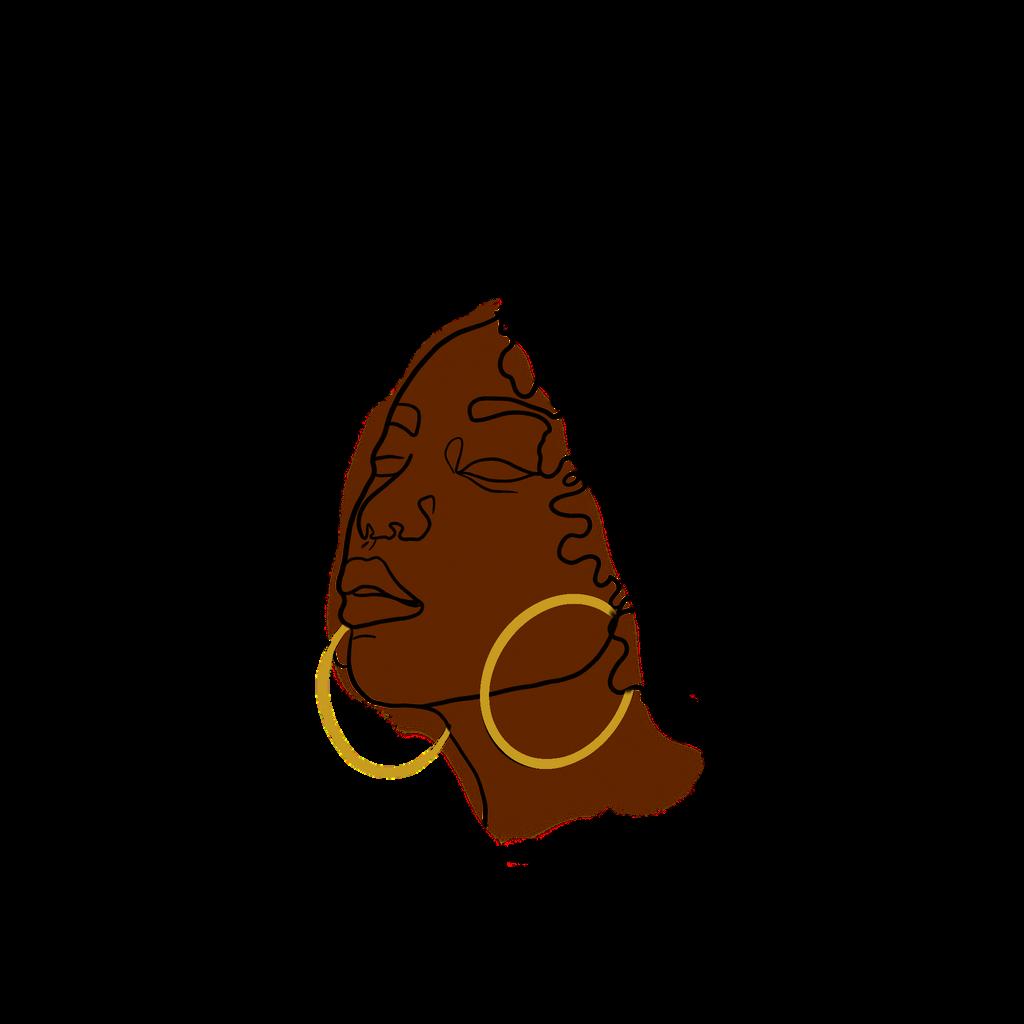
1 minute read
Materials and Methods
MaterialsandMethods
I used a four-step approach for researching intersectionality within breast cancer for Black women:
Advertisement
1. Identifying a research question
2. Identifying relevant studies
3. Selecting studies
4. Collating the results
DataSources
The following online databases were searched: WebofScience and Proquest. The following search phrases were used to narrow and frame the search: “African American wom*n and breast cancer, ” “diagnosing breast cancer in wom*n, ” “diagnosing and treating breast cancer in Black wom*n, ” “Black wom*n and breast cancer screening, ” and “access to breast cancer treatment. ”
DataSelectionandExtraction
To examine the intersectionality of Black women who suffer from breast cancer, I included peer-reviewed journals and sources that provided statistical data, investigating external factors for risk unrelated to biology in my study. I also included feminist theory literature to offer a critical approach to the scientific research pertaining to Black women with breast cancer.
For example, I followed “Black Women with Advanced Cancer and the Challenge of Biomedicine: A Black Feminist Methodological Exploration of the Lived Experience of Terminal Illness, ” using frameworks of standpoint theory (understanding group location in hierarchical power relations produces shared challenges and positionality), Black feminist epistemology (centering and understanding lived experiences holistically), and intersectionality [4]. As I examined these sources, I identified various risk factors, exposure, social barriers, and all contributing factors that ultimately determined the diagnosis and treatment of breast cancer for Black women. In order to make sense of these variables, I utilized Krieger’s method of sex/gender diagrams [5].




